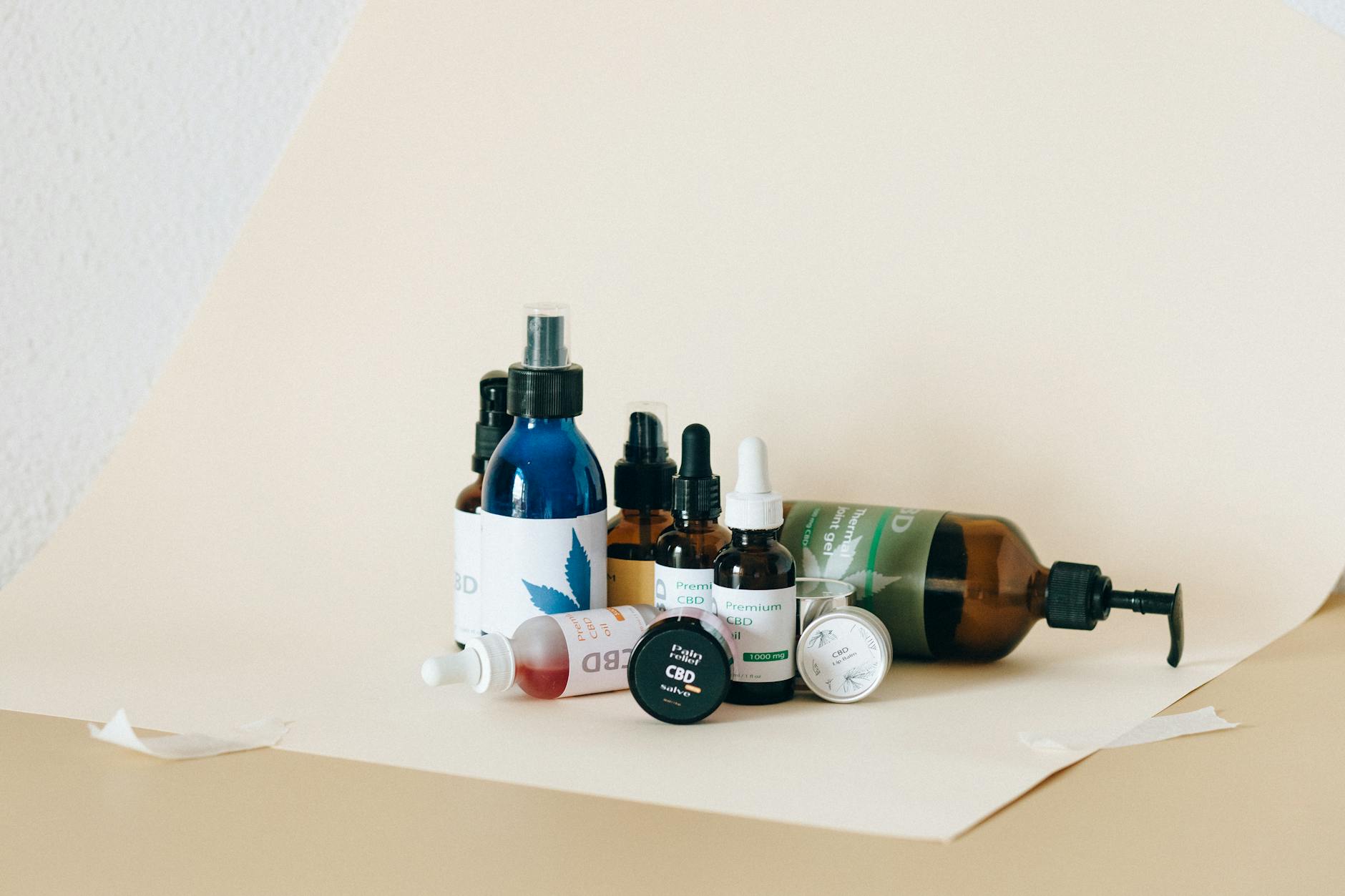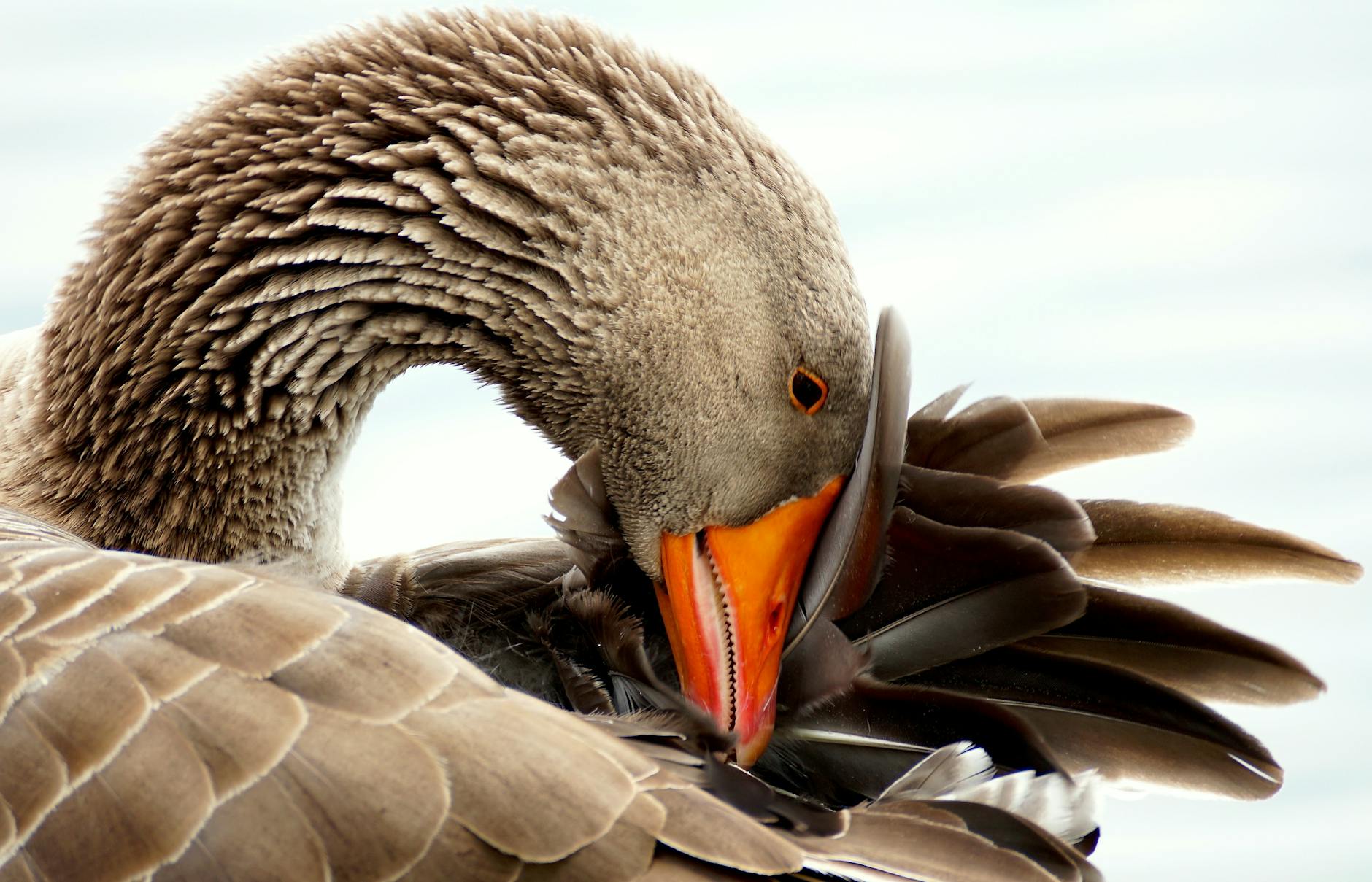How to Ensure Your Sunscreen is Safe for Australia's Beach and Marine Life

Ingredients to Avoid
Identifying Harmful Chemicals
As someone committed to marine conservation, I've always emphasised the importance of choosing natural sunscreen options over traditional ones. The irony is that many sunscreens, touted as protectors against UV rays, harbour chemicals harmful to the very ecosystems we love. Some ingredients to avoid include oxybenzone and octinoxate, which are notorious for their detrimental effects on coral reefs.
Understanding Chemical Impact
Understanding the chemical impact of sunscreens on marine life requires careful consideration. Chemicals like oxybenzone can cause coral bleaching, which directly threatens the vibrant marine life in the Great Barrier Reef. These substances can disrupt the life cycle of coral, making it imperative for us, as responsible individuals, to scrutinise product ingredients closely.
Exploring Natural Alternatives
Fortunately, natural alternatives offer a beacon of hope. Opt for sunscreens containing zinc oxide or titanium dioxide, as these minerals provide effective sun protection while being less harmful to coral reefs. Next time you're heading to Fitzroy Island or enjoying a sunny day at the Cairns Esplanade Lagoon, choosing a reef-safe option can make a significant difference in preserving these precious ecosystems. By prioritising natural sunscreen, you help ensure that the beauty and biodiversity of these marine sanctuaries endure for future generations.
Reading Product Labels
Decoding Ingredients List
When you're navigating the vast selection of sunscreens available, understanding the ingredients list is crucial for ensuring your sunscreen is genuinely reef-safe. Lookout for any mention of oxybenzone and octinoxate—two common culprits harmful to coral reefs. Instead, opt for products highlighting zinc oxide or titanium dioxide as their primary active ingredients, ensuring these are non-nano, thus less likely to be ingested by marine life. It's not just about the ingredients; the order in which they're listed can also indicate concentration levels, with those at the top being more prevalent. As someone deeply invested in marine conservation at the Great Barrier Reef, understanding labels empowers you to make informed, eco-conscious choices reef safe sunscreen.
Recognizing Eco-Certifications
Eco-certifications can be your guide in choosing products that align with environmental ethics. Look for labels such as the "reef safe" certification or other trusted ecological symbols like the EcoCert or Australia's own ACCORD. These certifications usually mean the product has undergone rigorous testing and adheres to specific environmental standards. However, be wary of shortcuts: products may boast of being eco-friendly but lack substantial certifications.
Spotting Greenwashing Tactics
In an era where sustainability is a selling point, greenwashing—marketing products as eco-friendly without them truly being so—is prevalent. Terms like “natural” or “organic” can sometimes be misleading. Verify claims by checking ingredient lists and eco-labels. As you enjoy the pristine waters of Fitzroy Island or the Cairns Esplanade Lagoon, it's vital to not only enjoy such environments but also contribute to preserving them by avoiding products marked with dubious environmental benefits.
Environmental Considerations
Ecosystem Impact Studies
Being in close proximity to the Great Barrier Reef, I'm vividly aware of how important it is to protect these fragile ecosystems from our everyday choices, especially when it comes to skincare products like sunscreen. One significant concern is the impact of certain chemicals on coral reefs, which are vital to marine biodiversity. Studies have shown that sunscreens containing oxybenzone and octinoxate can cause coral bleaching—even in low concentrations, these chemicals disrupt the development of coral larvae and damage the DNA in these sensitive organisms.
Analyzing Field Test Results
In recent research near Fitzroy Island, field tests revealed that certain reef-safe sunscreens are non-toxic to marine life. These field tests often involve immersing coral samples in water with sunscreen to observe any adverse effects. Such direct approaches provide valuable data, contributing to a better understanding of how different sunscreen formulations interact with marine environments. By looking at these results, we can make informed choices about using eco-friendly products, safeguarding our stunning local attractions and marine ecosystems.
Long-term Ecosystem Monitoring
Long-term monitoring around sites like the Cairns Esplanade Lagoon is crucial in assessing the enduring effects of sunscreen chemicals on marine ecosystems. Regular sampling of water and marine life helps researchers track changes and adapt conservation strategies. One example is the increase in reports emphasizing the use of baby sunscreen formulations due to their gentle ingredient lists. Each positive action is a step toward ensuring our protected reefs remain vibrant and healthy for future generations.
Best Practices for Use
Application Techniques
When selecting a kids sunscreen or any sunscreen for adults, the right application method is crucial for both its effectiveness and environmental safety. First, ensure a generous and even layer, covering all exposed skin, to reduce the risk of uneven protection. Consider using a broad-spectrum sunscreen with an SPF that suits your specific skin type and the intensity of your outdoor activity. To mitigate harmful chemical runoff into the ocean, apply sunscreen at least 15 minutes before entering the water, giving it ample time to adhere to the skin.
Timing Your Sunscreen Use
Choosing when to apply sunscreen is as important as the type you select. Applying in advance of sun exposure not only boosts its efficacy but also limits its immediate dissolving into the marine environment. Sunscreen should be reapplied every two hours, more frequently if swimming or sweating, to provide optimal protection while respecting marine life's wellbeing.
Complementary Protection Strategies
Sunscreen is just one part of a comprehensive sun protection strategy. Wearing protective clothing, such as UPF-rated rash guards, and broad-brimmed hats can significantly reduce sun exposure. Additionally, seeking shade during peak sunlight hours and using polarised sunglasses for eye protection are vital practices. These measures not only enhance sun safety but reinforce our commitment to conserving sensitive environments like the Great Barrier Reef. By adopting these strategies, we encourage responsible sun safety practices that harmonize with our passion for marine conservation.
Sustainable Sunscreen Practices
Application Methods
When preparing to explore the beautiful expanse of the Great Barrier Reef or stroll along the Cairns Esplanade Lagoon, it’s essential to apply reef-safe sunscreen correctly. Start by applying a generous amount to all exposed skin at least 15 minutes before venturing outside. This gives your skin enough time to absorb it, forming a protective barrier. Remember to apply evenly and avoid missing areas like the tops of your feet, back of your neck, and ears.
Choosing Suitable Times
The sunny shores of Fitzroy Island beckon, but protecting our delicate marine life means being strategic about your time outdoors. Ideally, avoid peak sun hours, typically between 10 AM and 4 PM. This not only helps in reducing sun exposure but also minimises the excessive usage of sunscreen, lessening its potential impact on the environment. It’s a win-win for both your skin and the ocean!
Complimentary Protective Measures
Sunscreen is just one element in our eco-friendly toolkit. Donning a wide-brimmed hat, UV-protective clothing, and sunglasses can significantly reduce your reliance on sunscreen. Consider taking cover under a shady tree on the Esplanade Lagoon during breaks. These measures allow you to enjoy the outdoors while preserving the health of our cherished marine ecosystems.
Incorporating these sustainable practices ensures our beloved natural sites will be preserved for future generations to cherish. Keep in mind these actions as you marvel at the wonders of the Great Barrier Reef.


